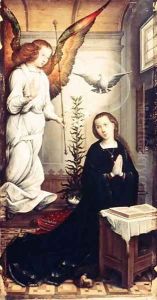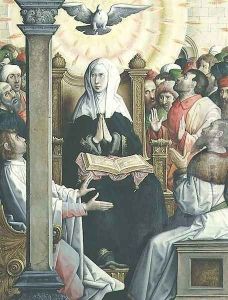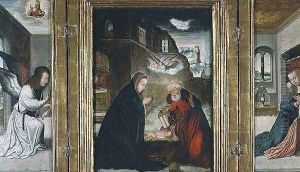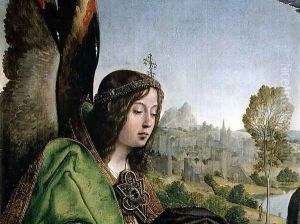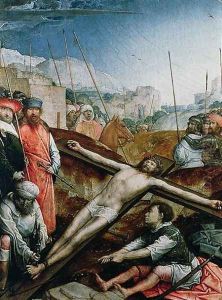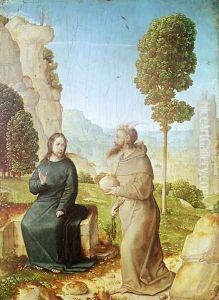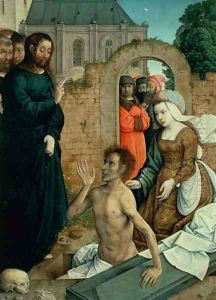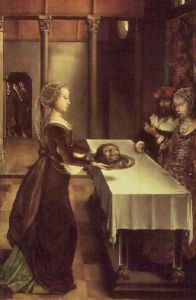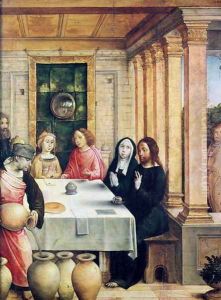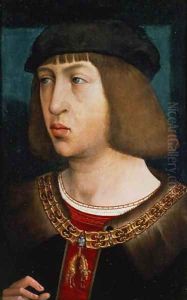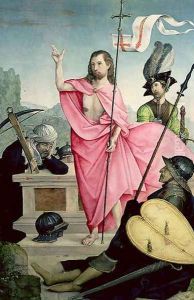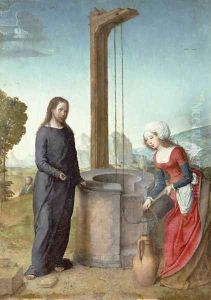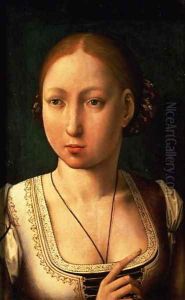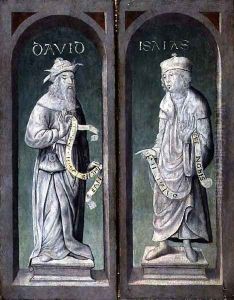Flandes Juan de Paintings
Juan de Flandes, born around 1465 and deceased in 1519, is a figure whose life and work span the transition from the late Gothic to the Renaissance period in European art. Though his name suggests a Flemish origin, specific details about his early life and training in the Low Countries remain largely speculative. However, it is widely believed that he was part of, or at least heavily influenced by, the Flemish painting tradition, which was renowned for its detailed depiction of both the human figure and landscapes, as well as its pioneering use of oil paint.
Juan de Flandes' career took a significant turn when he moved to Spain, where he became court painter to Queen Isabella I of Castile around 1496. This position not only elevated his status but also allowed his work to flourish in a new cultural context. During his tenure as a court painter, he produced portraits of the royal family, religious altarpieces, and smaller devotional pieces. His style, while rooted in Flemish tradition, began to incorporate elements of the Spanish Renaissance, blending meticulous detail with a growing interest in spatial depth and the use of light.
One of his most notable contributions to Spanish art is the series of panels depicting scenes from the life of Christ, originally part of an altarpiece for the palace chapel of the Alcázar of Segovia. These works are celebrated for their emotional depth and technical brilliance, showcasing Juan de Flandes' mastery over narrative and his skillful adaptation of Flemish techniques to suit the tastes of his Spanish patrons.
After the death of Queen Isabella in 1504, Juan de Flandes continued to work in Spain, receiving commissions from various religious institutions. His later works demonstrate an increasing engagement with the Italian Renaissance, reflecting the broader artistic transformations occurring across Europe during this period. Despite the scarcity of documented details about his life, Juan de Flandes' surviving works provide valuable insight into the cross-cultural exchanges that enriched the European art scene at the dawn of the 16th century.
Juan de Flandes passed away in 1519, leaving behind a legacy that bridges the medieval and Renaissance worlds. His contribution to the art of the Spanish Renaissance, particularly in the realm of religious painting, remains significant, offering a unique blend of northern European detail and Spanish sensibility that continues to captivate art historians and enthusiasts alike.
